Carmel Institute 2020-2022 Events Archive
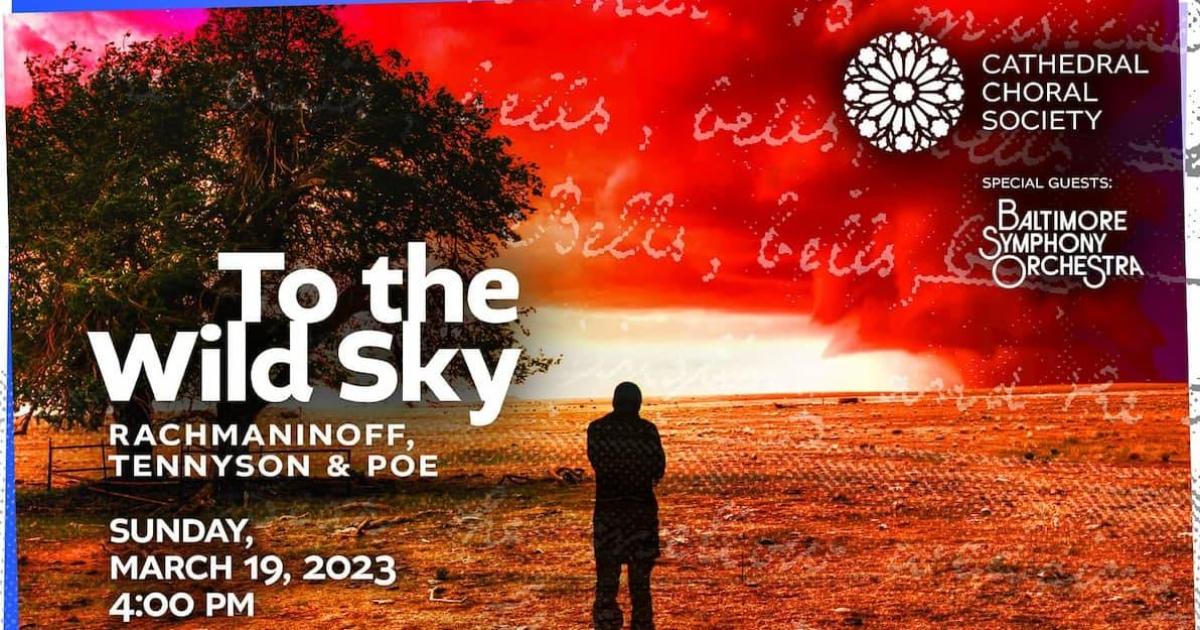
Carmel Institute Sends Students “To the Wild Sky: Rachmaninov, Tennyson, & Poe” at the National Cathedral
Cathedral Choral Society and the Baltimore Symphony Orchestra presented an innovated program that links the visual medium of painting, music, and poetry set to musis, demonstrating the deep interconnectedness not only of different art forms, but the human need for art and artistic expression.
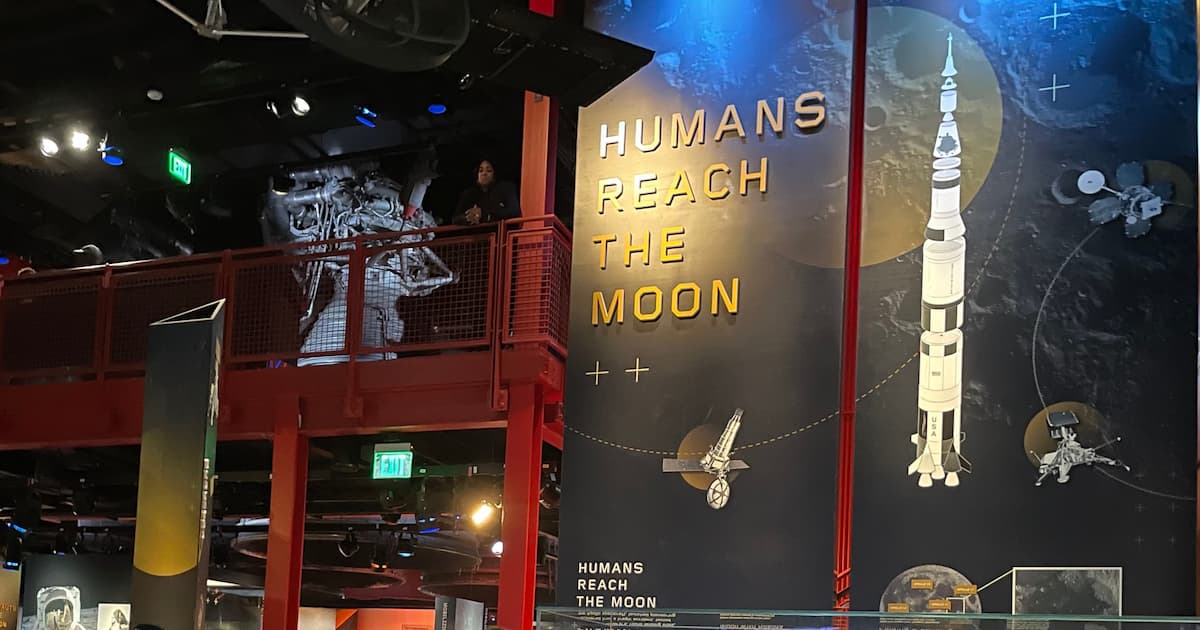
Students Explore "Destination Moon" at the National Air & Space Museum to Better Understand the Cold War Space Race
On Saturday, March 4, 2023, the Carmel Institute organized a trip to the National Air & Space Museum, which reopened half of its building on the National Mall in November of 2022 after a long reconstruction process. Dr. Fedyashin gave the group an hour-long in-depth tour of the “Destination Moon” hall and exhibit.
The new exhibit offers a unique insight into how the space race between the superpowers manifested itself through the competition to land the first human onto Earth’s only satellite. Visitors can explore the story of the first animals sent into space—dogs by the Soviets and chimps by the US. The original capsule in which Ham the chimp went up is on display. Dr. Fedyashin ushered the students through the overlapping stages of the US space program: Mercury, Gemini, and Apollo. At each stage, Soviet successes in space—the launch of Sputnik, Gagarin’s and Tereshkova’s breakthroughs, Leonov first spacewalk—impelled NASA to become more creative.
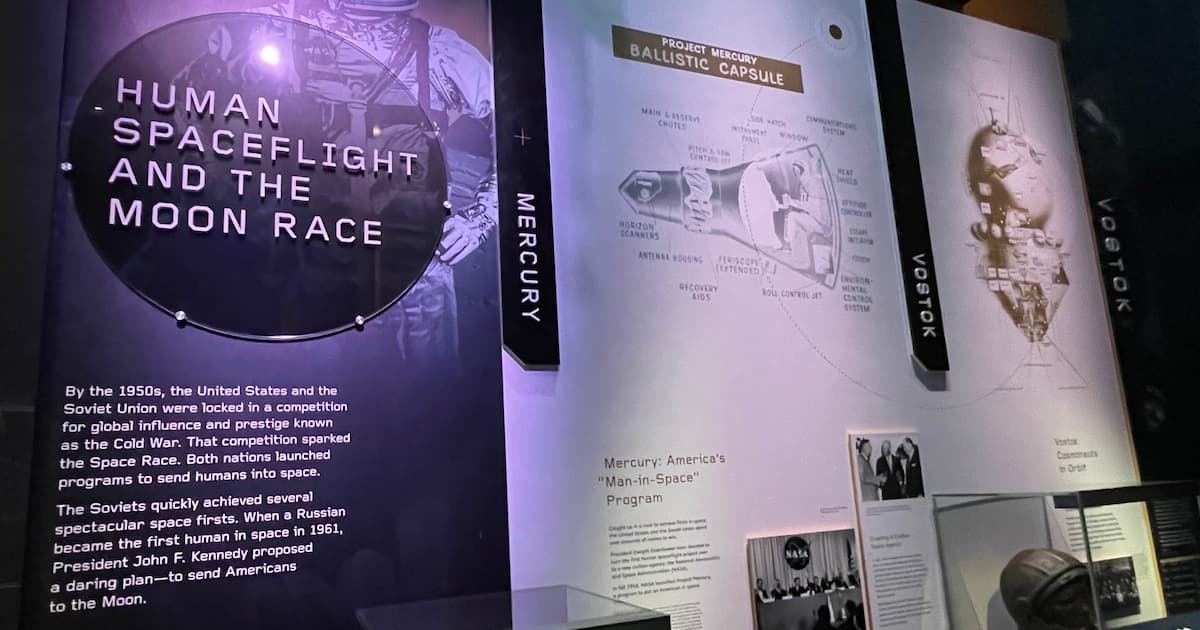
The museum contains Alan Shepard’s original Freedom 7 capsule and space suit. The original Gemini VII vehicle shows just how cramped the early ships were, although Frank Borman and Jim Lovell spent 14 days in it. Dr. Fedyashin then led the group through the Apollo missions, which culminated with the Apollo 11 landing on the Moon in July of 1969. The original Columbia reentry vehicle is on display and so is the original space suit in which Neil Armstrong first set foot onto the Moon. The space race was one of the rare examples of mutually enriching superpower competition—one where intellectual and technological prowess ended up benefitting all of mankind. The students then watched the half-hour long documentary “Dark Matter” in the newly renovated Planetarium.
Museum visits, concert attendance, and class-trips have been part of the Carmel Institute’s programming since its inception. As Professor Fedyashin has always reminded his students, although our knowledge about the past depends primarily on reading, history must also be walked, seen, touched, smelled, and tasted. Before coming to Air & Space, the group read selections from a unique space race double-memoir by American astronaut David Scott and Soviet cosmonaut Alexei Leonov called Two Sides of the Moon (2004).
After the museum, the students went to Carmine’s Restaurant for lunch. The restaurant’s home-style menu emphasized one of the many commonalities between astronauts and cosmonauts—their desire to return home after exhilarating but dangerous missions.
The trip was a visual component of a holistic experience that stays with students of history for much longer than classroom engagement alone. Exploring history on the page, on the screen, and through original objects helped to open young minds to the importance of international scientific cooperation.
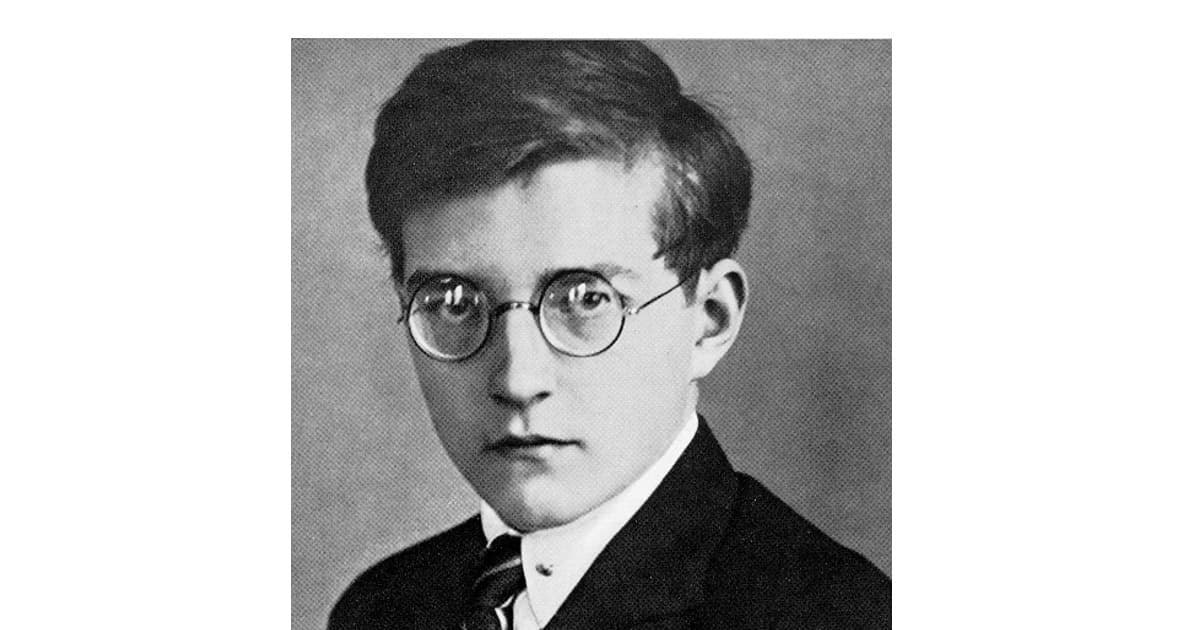
American University Students Experience Shostakovich’s Innovative Concerto for Piano, Trumpet, and Strings & Sibelius’ Symphony No. 2
The Carmel Institute provided AU students with tickets to the National Symphony Orchestra performing Shostakovich’s Concerto for Piano, Trumpet, and Strings as well as Sibelius’ Symphony No. 2, along with an NSO commission from Jessie Montgomery, led by guest conductor Dalia Stasevska in her NSO debut.
Shostakovich’s concerto is a playful romp that sampled from Beethoven, Haydn, Mahler, and even Shostakovich’s earlier works. This 1933 work was Shostakovich at his most innovative, when he was wildly popular and before Stalin’s government censured him for the first time. The composition had started out as a trumpet concerto. But then Shostakovich added the piano as an equal partner and played the instrument himself at the work’s premiere to rave reviews. The concerto plays with mood and time signatures throughout, at times sarcastic, witty, and playful, and at others passionately melodic, before rising to a crescendo with the piano, trumpet, and strings converging to give the audience a joyful C major finale.
Sibelius was born in 1865 in the Grand Duchy of Finland in the Romanov Empire. He composed his Second Symphony in Italy and Helsinki between 1899 and 1902. The symphony’s Finnish audience quickly embraced it as a patriotic statement on independence from Russia, many even calling it the “Symphony of Independence,” but there is no direct evidence that the composer intended that interpretation. The work evokes thoughts of Beethoven and Tchaikovsky, but still follows the pioneering trends of the time, breaking with the classical model for thematic development in favor of complex orchestrations that create extreme shifts in tone between movements. At the same time, the work’s famous three note motif weaves throughout so cleverly that the connections between movements are not always obvious, except in hindsight.
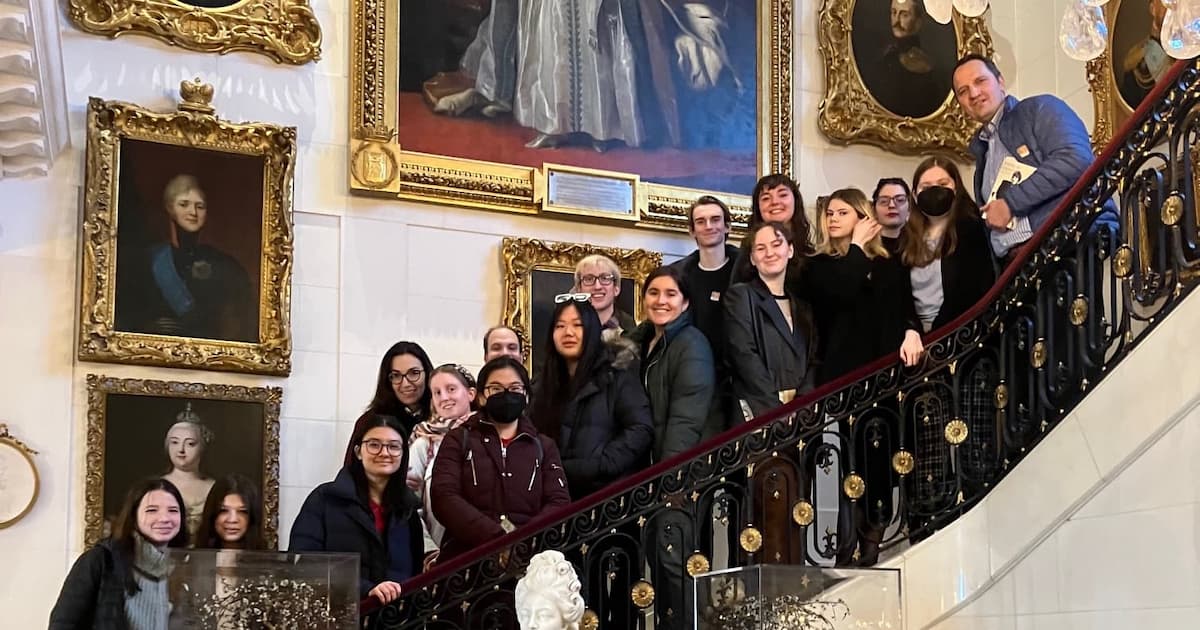
Students Experience Russian Culture at the Hillwood Museum and Gardens
On Saturday, February 18, 2023, the Carmel Institute organized a student trip to the Hillwood Estate, Museum & Gardens. The group broke up in two to tour the mansion with the Hillwood’s excellent docents. They explored Marjorie Merriweather Post’s superb collection of Russian imperial porcelain and jewelry, which she acquired while accompanying her third husband Joseph Davies to Moscow between 1937 and 1938 after President Roosevelt asked him to serve as ambassador to the USSR.
The Hillwood not only boasts one of the famous Faberge Eggs, but many other unique creations of Faberge’s workshop. The students heard about Karl Briullov’s Portrait of Countess Julia Samoilova (1834) and Konstantin Makovskii’s A Boyar Wedding Feast (1883). Both originals are part of the museum’s permanent collection. The students then explored the religious art collection and talked about the Romanov dynasty, almost all of whose members are represented in the portraits that greet visitors in the mansion’s grand vestibule.
Museum visits, concert attendance, and class-trips have been part of the Carmel Institute’s programming since its inception. As Professor Fedyashin has always reminded his students, although our knowledge about the past depends primarily on reading, history must also be walked, seen, touched, smelled, and tasted. Before coming to the Hillwood, the group read selections from Joseph Davies’s diplomatic memoir Mission to Moscow (1941) and watched Michael Curtiz’s film based on it, also titled Mission to Moscow (1943).
At lunch at the Hillwood café, the students also tried the famous Postum beverage. Ms. Post’s father, Charles William (C. W.) Post invented this drink in the late nineteenth century and it gave its name to the Postum Company, which he founded in Michigan. Made from roasted wheat-bran and molasses, Postum became the nucleas around which C. W. Post build his business empire, which eventually became General Foods.
The trip was a visual component of a holistic experience that stays with students of history for much longer. Engaging with history on the page, on the screen, and in motion helped to open young minds to the importance of cultural diplomacy and the great legacy of American philanthropy.
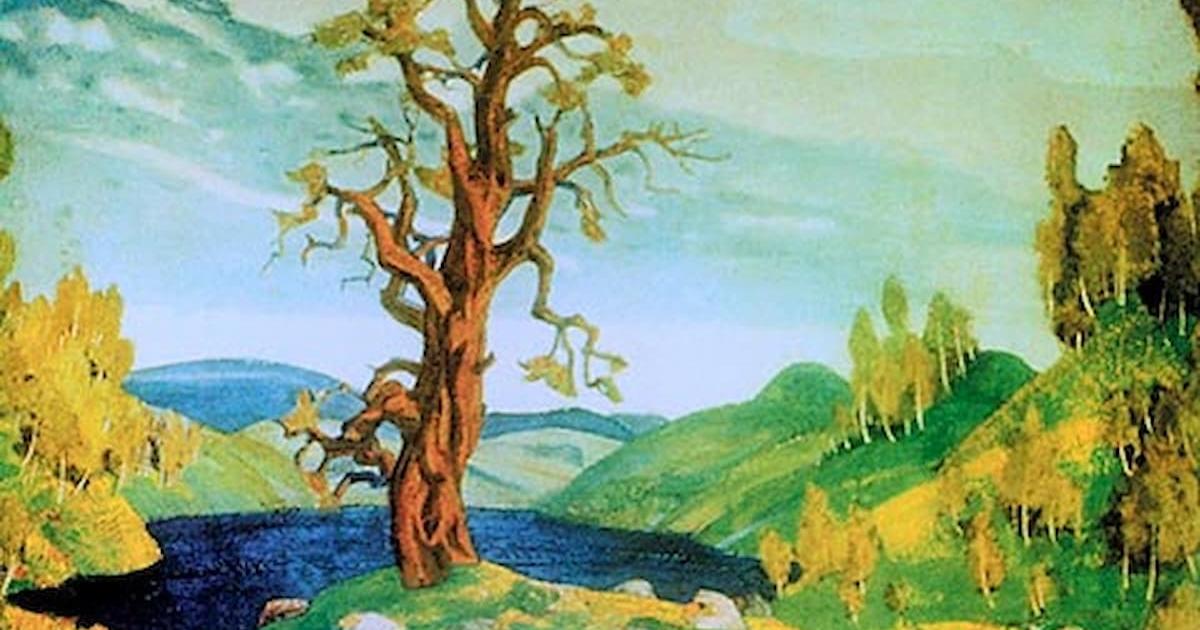
Stravinsky’s “Rite of Spring” Thrills Audiences at the Kennedy Center
The Carmel Institute provided tickets for American University students to hear Prokofiev’s Violin Concerto, No. 2 with violin soloist Francesca Dego and Stravinsky’s “Rite of Spring” with the National Symphony Orchestra performing under guest conductor Krzysztof Urbański.
The evening began with Wojciech Kilar’s Krzesany, written in 1974, which takes the audience on a journey from light melodies, to foreboding themes, to dreamlike flutterings before concluding with almost chaotic crescendo. The orchestra then smoothly moved into Prokofiev’s Violin Concerto No. 2 in G minor, with an utterly brilliant and commanding performance from Francesca Dago on violin. Dago’s instrument and the orchestra had a lyrical conversation based on a traditional Russian folk melody, evoking feelings of traveling the Russian countryside.
Stravinsky’s “Rite of Spring” was the glittering gem of the evening. Stravinsky based the work on music from traditional Russian folk tales and village celebrations of spring and planting season near his family home. He combined instruments in innovative ways and pushed the instruments to their limits in terms of range and technique. This work was part of a new era for Russian arts when it premiered in 1913 in Serge Diaghilev’s famous Ballets Russes company at the new Théàtre des Champs Élysées in Paris.
Stravinsky’s pagan-sounding music and the choreography of famous dancer Vaslav Nijinsky caused such an uproar from the Parisian audience that Nijinsky had to stand on a chair and shout out the count for the dancers because they couldn’t hear the orchestra. The raw vitality and unpredictability of the work is still exhilarating for audiences today and gives us a rare glimpse into traditional Russian folk culture.
Urbański led the orchestra in an almost playful manner so that the performance felt much like a dance among the different sections of the orchestra and the conductor. The audience rose to their feet and cheered through the bows from the guest conductor, with renewed volume for each section of the orchestra as Urbański directed each to rise in acknowledgement of their accomplishments. All in all, it was a cool February evening with music to help us all look forward to the warmth of approaching Spring.
PBS’ “Keeping Score,” a series from Michael Tilson Thomas and the San Francisco Symphony, has an article with more details on the history and context of Stravinsky’s “Rite of Spring.”
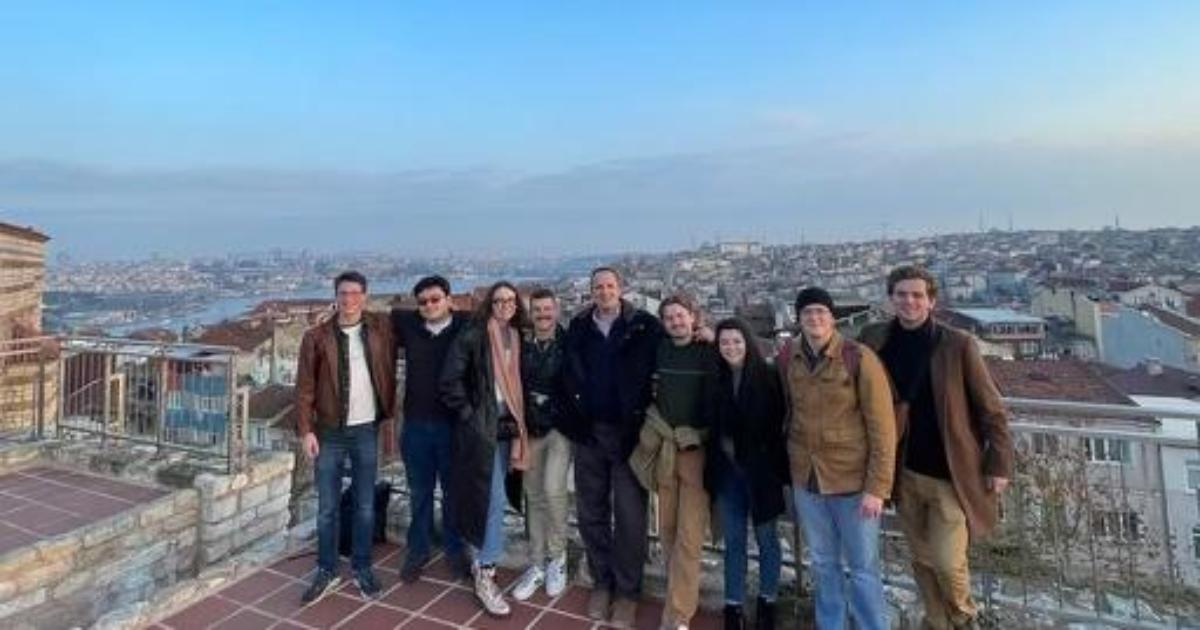
The Carmel Institute takes DC students to Istanbul to discover the Culture of Eastern Orthodoxy: Byzantine Influences on Russia and Eurasia
During AU's Winter Break, the Carmel Institute hosts a group of students from American, Georgetown, and George Washington Universities to Istanbul to see the legacy of Byzantium and Byzantine Orthodoxy on Russia and Eurasia first hand. The trip included readings on the region's history and tours of Byzantine art and architectural treasures.
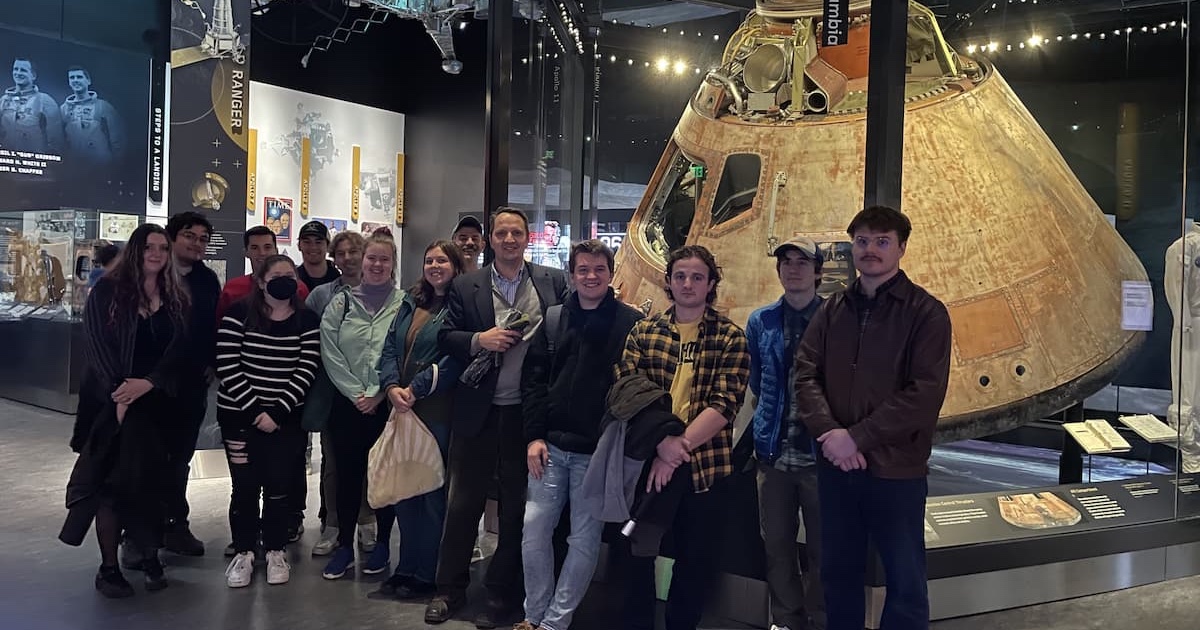
Students Tour the Newly-Reopened Air and Space Museum
On Saturday, December 3, 2022, the Carmel Institute organized a trip to the National Air & Space Museum, which just reopened half of its building on the National Mall after a long reconstruction process. Dr. Fedyashin gave the group an hour-long in-depth tour of the “Destination Moon” exhibit hall, using the exhibits to illustrate and expand upon what students had learned from reading Two Sides of the Moon by astronaut Dave Scott and cosmonaut Alexei Leonov. The students then enjoyed a family-style lunch at Carmine's. See more...
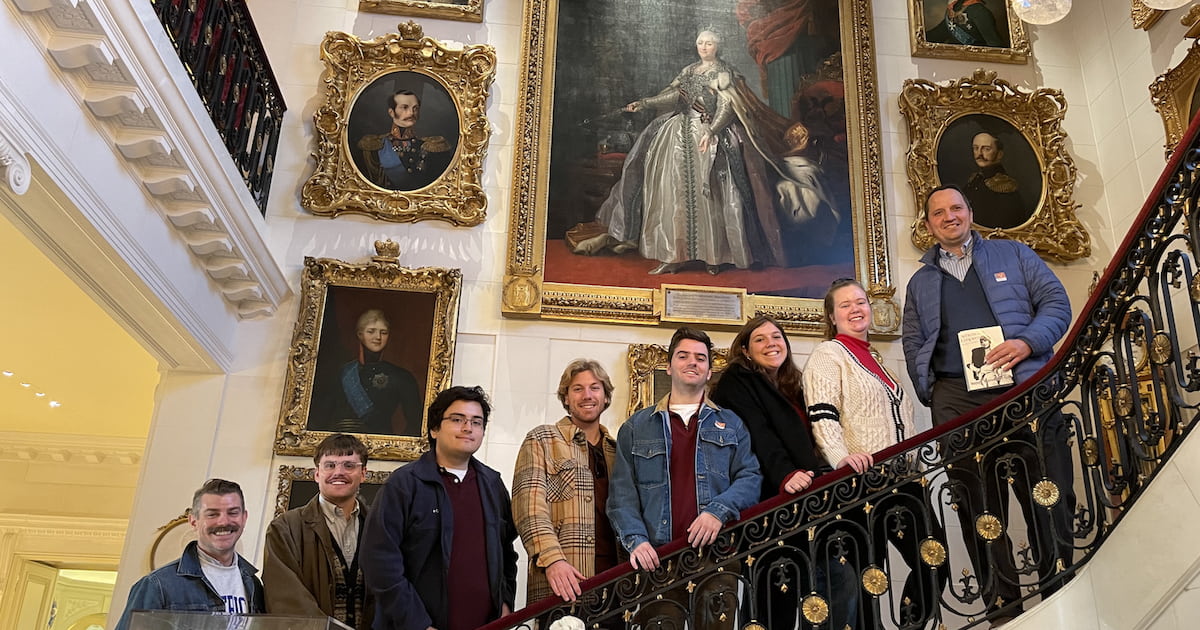
Students Experience Cultural Diplomacy at the Hillwood Museum and Gardens November 19, 2022
On Saturday, November 19, 2022, the Carmel Institute organized a trip to the Hillwood Estate, Museum & Gardens. The students broke up into two groups to tour the mansion with the Hillwood’s excellent docents. They explored Marjorie Merriweather Post’s superb collection of Russian imperial porcelain and jewelry, which Ms. Post acquired while she accompanied her husband Joseph Davies to Moscow between 1937 and 1939 after President Roosevelt asked him to serve as ambassador to the USSR.
The Hillwood not only boasts one of the famous Faberge Eggs, but many other unique creations of Faberge’s workshop. The students heard about the creation of Karl Briullov’s Portrait of Countess Julia Samoilova (1834) and Konstantin Makovskii’s A Boyar Wedding Feast (1883). Both originals are part of the museum’s permanent collection. The students then explored the religious art collection and talked about the Romanov dynasty, almost all of whose members are represented in the portraits that greet visitors in the mansion’s grand vestibule.
Museum visits, concert attendance, and class-trips have been part of the Carmel Institute’s programming since its inception. As Professor Fedyashin has always reminded his students, although our knowledge about the past depends primarily on reading, history must also be walked, seen, touched, smelled, and tasted. Before coming to the Hillwood, the group read selections from Joseph Davies’s diplomatic memoir Mission to Moscow (1941) and watched Michael Curtiz’s film based on it, also titled Mission to Moscow (1943).
After having lunch at the Hillwood café, the students then broke up into two groups again for docent-led tours of the famous Hillwood gardens, which are works of art all on their own.
The trip was a visual component in a holistic experience that stays with students of history for much longer. Engaging with history on the page, on the screen, and in motion helped to open young minds to the importance of cultural diplomacy and the great legacy of American philanthropy.
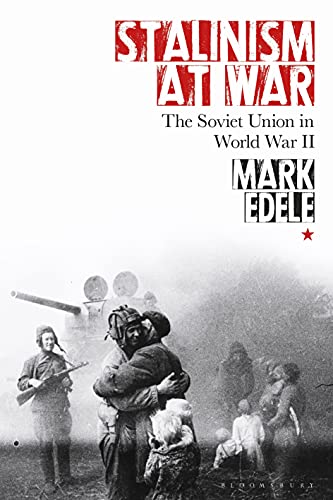
Mark Edele, Stalinism at War:
The Soviet Union in World War II Book Talk, November 18, 2022
The Carmel Institute, in cooperation with Georgetown's Russian History Seminar Series, invited Mark Edele to talk about his 2021 book Stalinism at War: The Soviet Union in World War II on November 18, 2022. Professor Edele is the inaugural Hansen Professor in History and serves as Deputy Dean in the Faculty of Arts at the University of Melbourne, Australia. In this work, he takes a fresh look at the Soviet Union's experience in World War II, widening his examination to both the European and Asian aspects of the conflict.
Read more about the book and Dr. Edele's impressive body of work here.
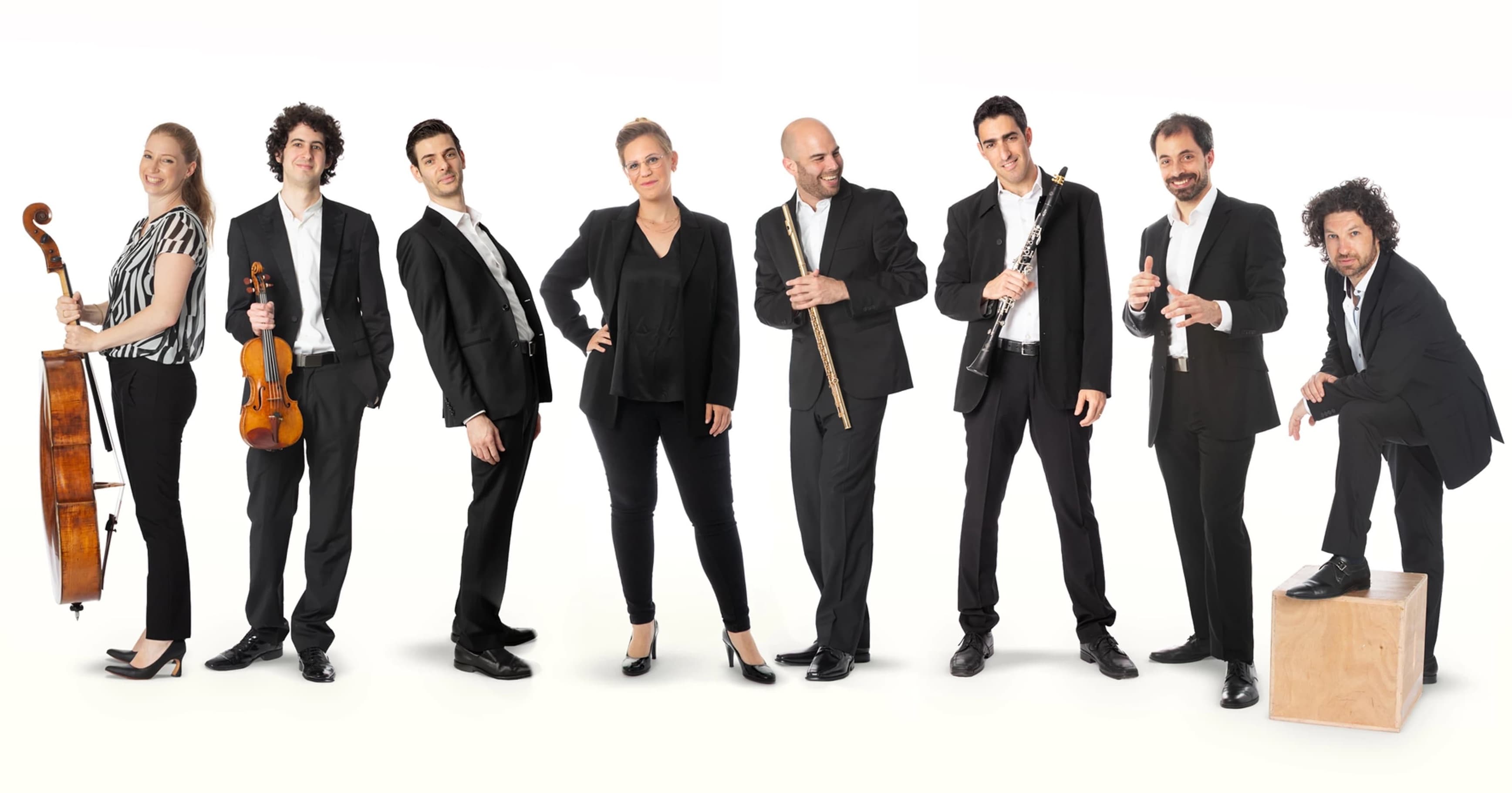
Israeli Chamber Project Explores
Early 20th-Century Musical ShiftsNovember 6, 2022
The Carmel Institute gave 23 tickets to AU students to hear the Israeli Chamber Project in the beautiful Terrace Theater on the upper floor of the Kennedy Center. The ICP aims to bring together unique ensembles of Israeli musicians to play and offer educational outreach programs to the public. This concert focused on the early 20th-century musical shift away from Romanticism into the experimental avant-garde music of Stravinsky and Schoenburg. This shift became the inspiration for the artists whom the Carmel Institute explored in detail in our 2017 symposium, The Russian Experiment with the PostClassical Ensemble and renowned pianist Vladimir Feltsman.
The concert celebrated the death anniversaries of two greats: Saint-Saëns (100th) and Stravinsky (50th), demonstrating the innovation of Stravinsky’s post-war L’Histoire du soldat (The Soldier’s Tale, 1918) in direct contrast to Sains-Saëns’ Romantic-era Fantasy for Harp and Violin, Op. 124, from 1907. The ensemble emphasized the difference in their careful selection of excerpts from Stravinsky’s libretto based on the Russian folk tale The Runaway Soldier and the Devil. A universal story of a man who makes a deal with the devil for riches, the composition is often performed with a conductor due to its many time signature changes, but the performers showed their talent and sophistication in playing the complex composition without one, opting to use nonverbal communication and body cues instead.
The ensemble’s choices walked the audience through the shift from Romanticism to the more atonal and unpredictable avant-garde music of the early 20th century in reaction to the impacts of the Industrial Revolution and increasingly mechanized Western world. The program first took the audience from Saint-Saëns to Stravinsky and Ravel contrasted Schoenburg’s controversial atonality with its unexpected chord changes and resolutions. The group gave the audience grace at the end, returning to Ravel’s Le Tombeau de Couperin, which he dedicated to friends who died in the Great War. Despite its aim to memorialize the dead, the work is more reflective and hopeful than sad, which lifted the audience's spirits at the end of the concert. Ravel himself supposedly responded to criticism that his work was not somber enough with: “The dead are sad enough in their eternal silence.”
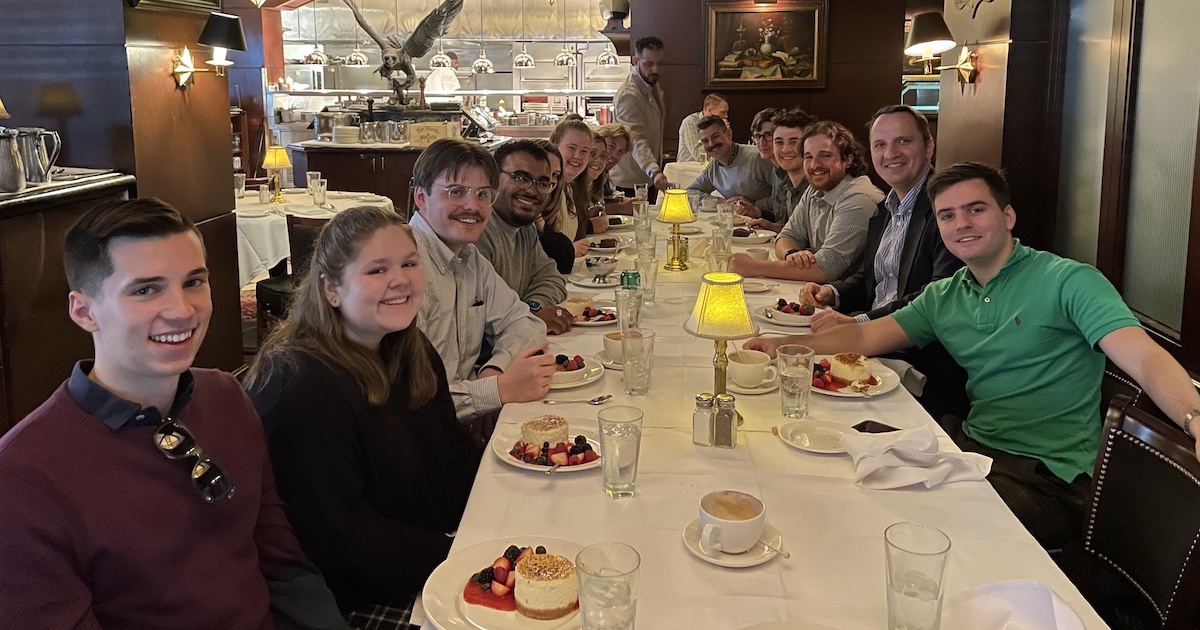
Carmel Institute Takes Students to the National Gallery of Art
On Saturday, October 29, 2022, The Carmel Institute organized a trip to the National Gallery of Art. Professor Fedyashin gave the students a 60-minute tour of the paintings acquired by Andrew Mellon from the Hermitage Museum in 1930-31. The class examined six that are currently on display: Jan van Eyck’s The Annunciation (c. 1434/1436), Sandro Botticelli’s The Adoration of the Magi (c. 1478/1482), Raphael’s Alba Madonna (c. 1510), Titian’s Venus with a Mirror (c. 1555), Paolo Veronese’s The Finding of Moses (c. 1570/1575), and Jean Siméon Chardin’s The House of Cards (c. 1737). Professor Fedyashin helped the students see how Renaissance art changed as the period progressed, reflecting the historical changes that drove the new European worldview and humanism's growing influence.
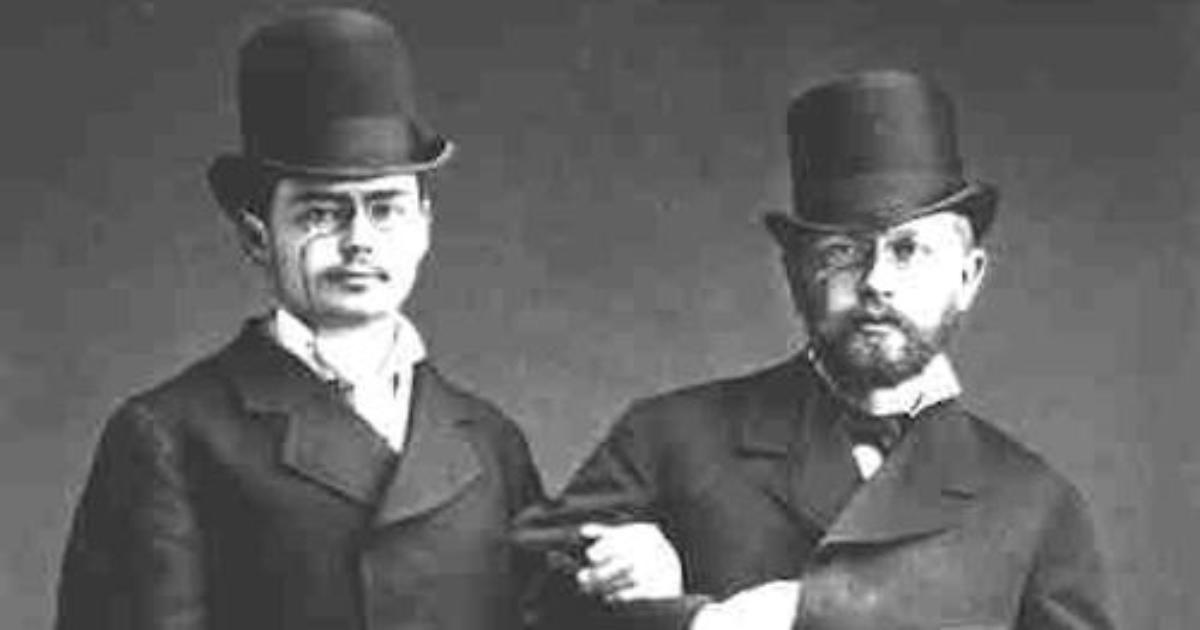
Carmel Institute Provides Tickets to Tchaikovsky's Violin Concerto & Other Works at the Kennedy Center
The Carmel Institute purchased tickets for 45 AU community members to hear Tchaikovsky's Violin Concerto in D Major, featuring world-class violinist and conductor Julian Rachlin, and other works at the Kennedy Center on Friday, October 28, at 8 pm.
The evening began with Italian Ottorino Respighi’s short but lively Burlesca, then Rachlin began his outstanding solo in Pyotr Ilyich Tchaikovsky’s Concerto in D Major, Op. 35. Over the next 34 minutes, Rachlin and the National Symphony Orchestra conversed back and forth in music. The concert concluded with a 20th-century work by another Italian: Alfredo Casella’s Symphony No. 3.
Tchaikovsky traveled to Switzerland following the collapse of his marriage and wrote his only violin concerto there, with assistance from his composition pupil -- violinist Iosif Kotek. The concerto had a difficult time reaching the concert stage, though, as both Kotek and Tchaikovsky’s second choice for the premiere’s soloist Leopold Auer refused the honor in 1879. It finally premiered in December 1881 in Vienna, to mixed reviews – including that the last movement was too Russian in character. Perhaps the difficulty in getting the work to the stage, along with the fact that Tchaikovsky himself did not play the violin, is why this was his only concerto for violin, but it is certainly one of the best-known violin concertos today.
The Kennedy Center’s digital program details more about each work and the artists.
Violinist Julia Fischer and the Orchestre Philharmonique de Radio France under conductor Vasily Petrenko perform Tchaikovsky’s Violin Concerto in D Major, Op 35 in 2013.
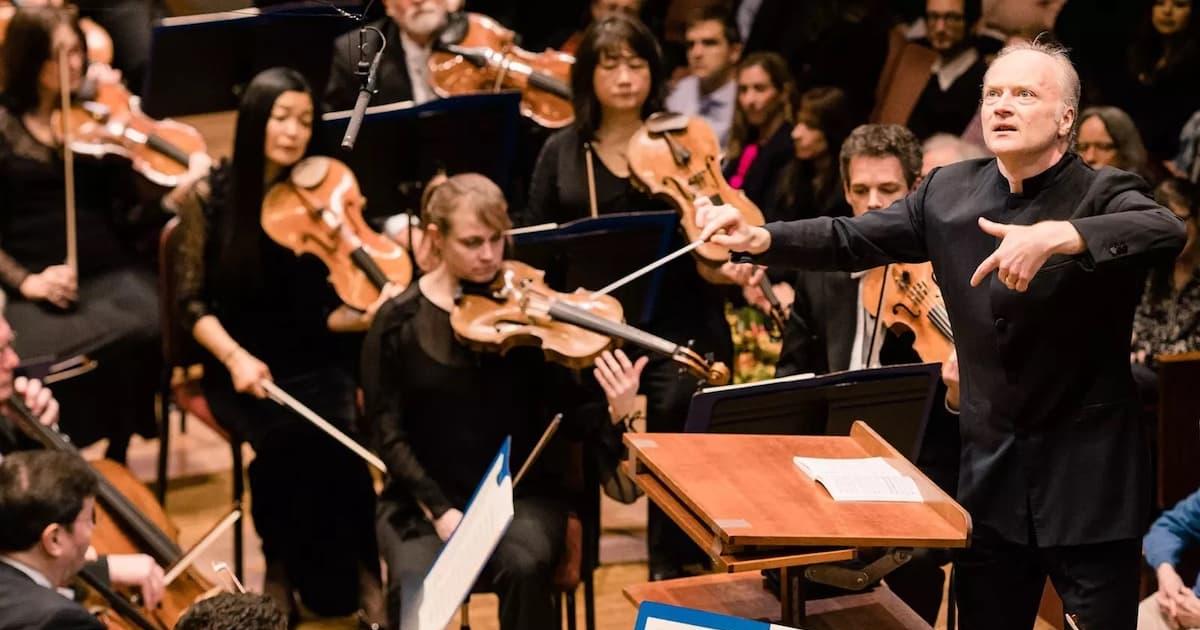
Carmel Institute Offers Free Tickets to Hear Prokofiev’s Rarely Performed 6th Symphony
The Carmel Institute provided 55 tickets to AU students and staff to hear Sergei Prokofiev’s Sixth Symphony, following Benjamin Britten’s Cello Symphony featuring NSO principal cello David Hardy on October 23, 2022.
Prokofiev wrote his Sixth Symphony in the wake of the Great Patriotic War (World War II). It fully reflects the roil of emotions that the war elicited: shock, determination, sadness, and hope for a new future. The work premiered in October 1947 with the Leningrad Philharmonic directed by Yevgeny Mravinsky. According to Mira Mendelson-Prokofieva, it was lauded as a glimpse into the “private world of modern man against the terrifying machinery of terrifying destruction.” The work and its composer ultimately fell prey to the political tides of Soviet-era music, with the same critics who lauded his 6th later attacking it as “formalist.” But the symphony was “reevaluated” during the Khrushchev years when it was once more praised as patriotic and a “true war symphony,” according to Daniel Tooke’s recent work. Most agree that Prokofiev’s 6th is musically challenging and rarely staged, making this opportunity at the Kennedy Center even more valuable for students.
Look over the Kennedy Center’s digital program for more on the concert.
Hear Prokofiev’s 6th Symphony by The Scottish National Orchestra, Neeme Järvi conducting.
For more information on the history of Prokofiev’s Sixth Symphony:
Mira Mendelson-Prokofieva, О Сергее Сергеевиче Прокофьеве. Воспоминания. Дневники (1938–1967) (in Russian). Москва: Композитор, 2012, 327.
Daniel Tooke, "Prokofiev and the Soviet Symphony." In McAllister, Rita; Guillaumer, Christina (eds.). Rethinking Prokofiev. Oxford: Oxford University Press, 2021. 55.
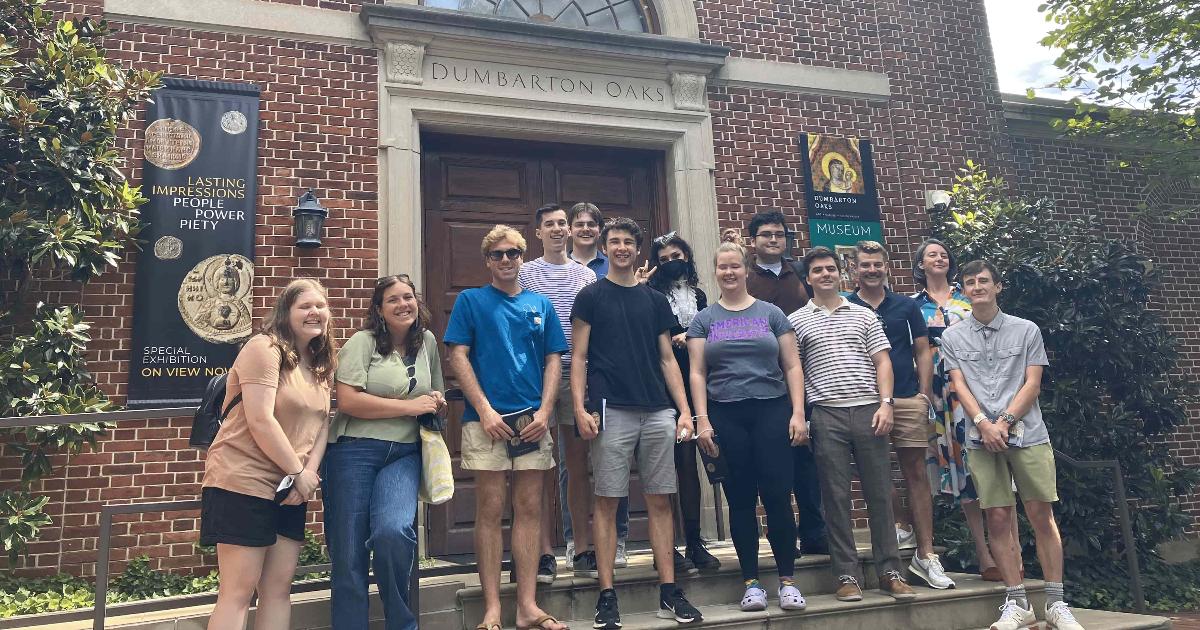
Carmel Institute Takes Students to Dumbarton Oaks
On Saturday, September 10, 2022, the Carmel Institute organized a trip to one of Washington’s most unique museums, Dumbarton Oaks, for the students in AU's History Majors Seminar this semester. The trip enabled the class to take advantage of the museum's Byzantine and Muscovite documents and objects to gain a deeper understanding of the course readings. They also enjoyed a delicious lunch at Café Divan nearby.
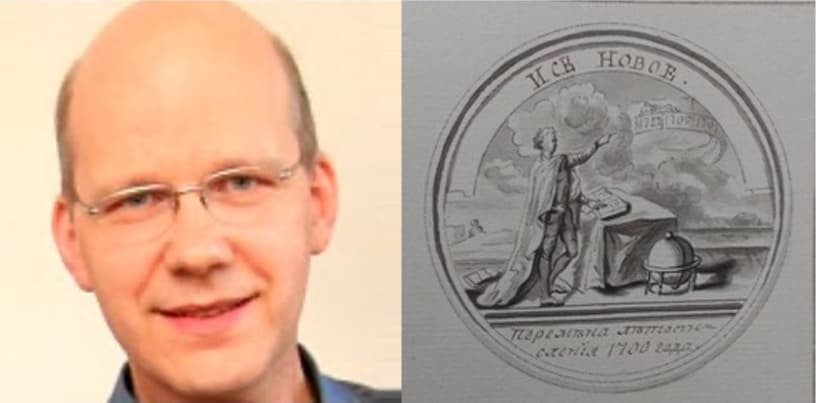
Peter’s Calendar Reforms and the Plurality of Time.
The Institute celebrates the 350th anniversary of Peter the Great's birth with Dr. Andreas Schoenle.
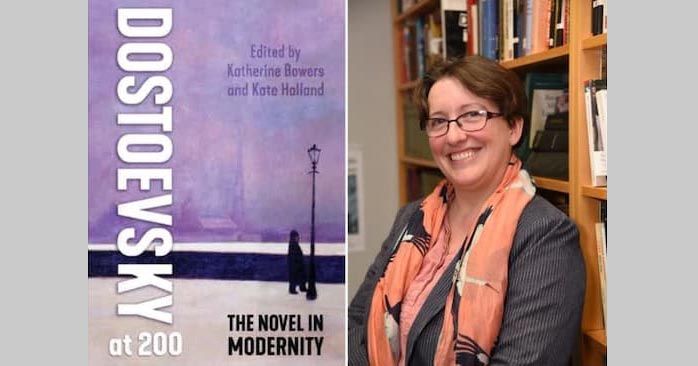
Dostoevsky at 200: The Novel in Modernity
Our Dostoevsky book talks continue with Dr. Kate Holland.
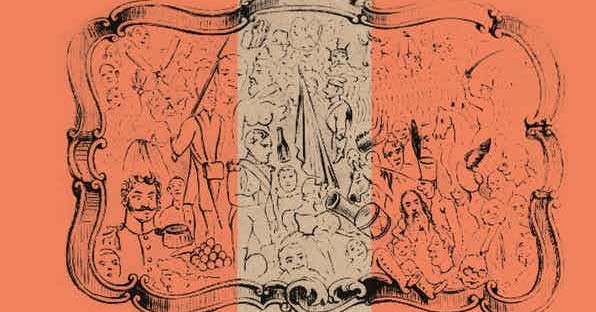
Mimetic Lives with Dr. Chloe Kitzinger
The Carmel Institute continues its series of book talks celebrating the 200th aniversary of Dostoevsky's birth.
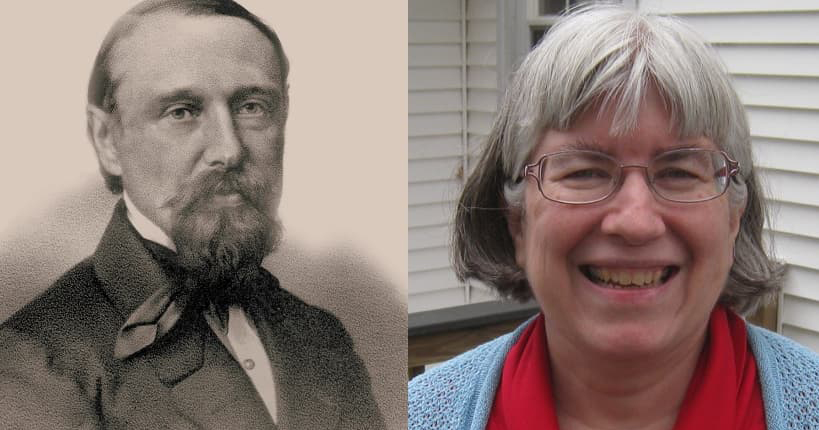
Dostoevsky's Literary Partnership with Editor Mikhail Katkov
Our book talk series continues with Susanne Fusso.
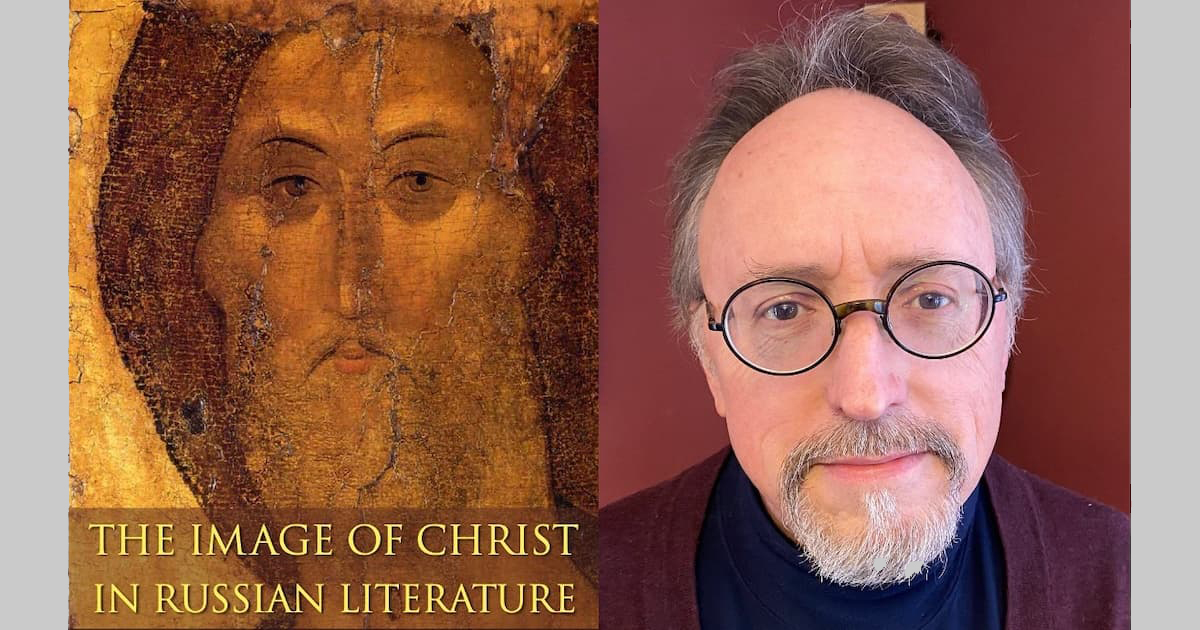
The Image of Christ in Dostoevsky's Russia
Our book talk series continues with Dr. John Givens on Dostoevsky, Tolstoy, Bulgakov, Pasternak.
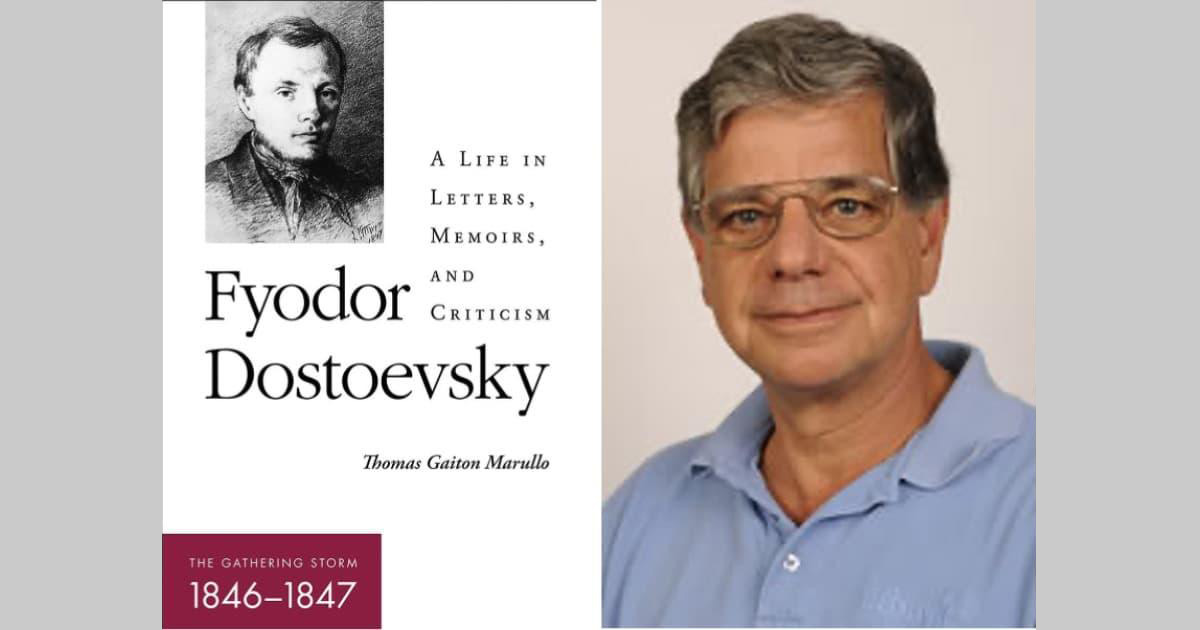
"Dostoevsky Life and Letters" Book Talk with Dr. Thomas Marullo
The Carmel Institute begins its year-long series
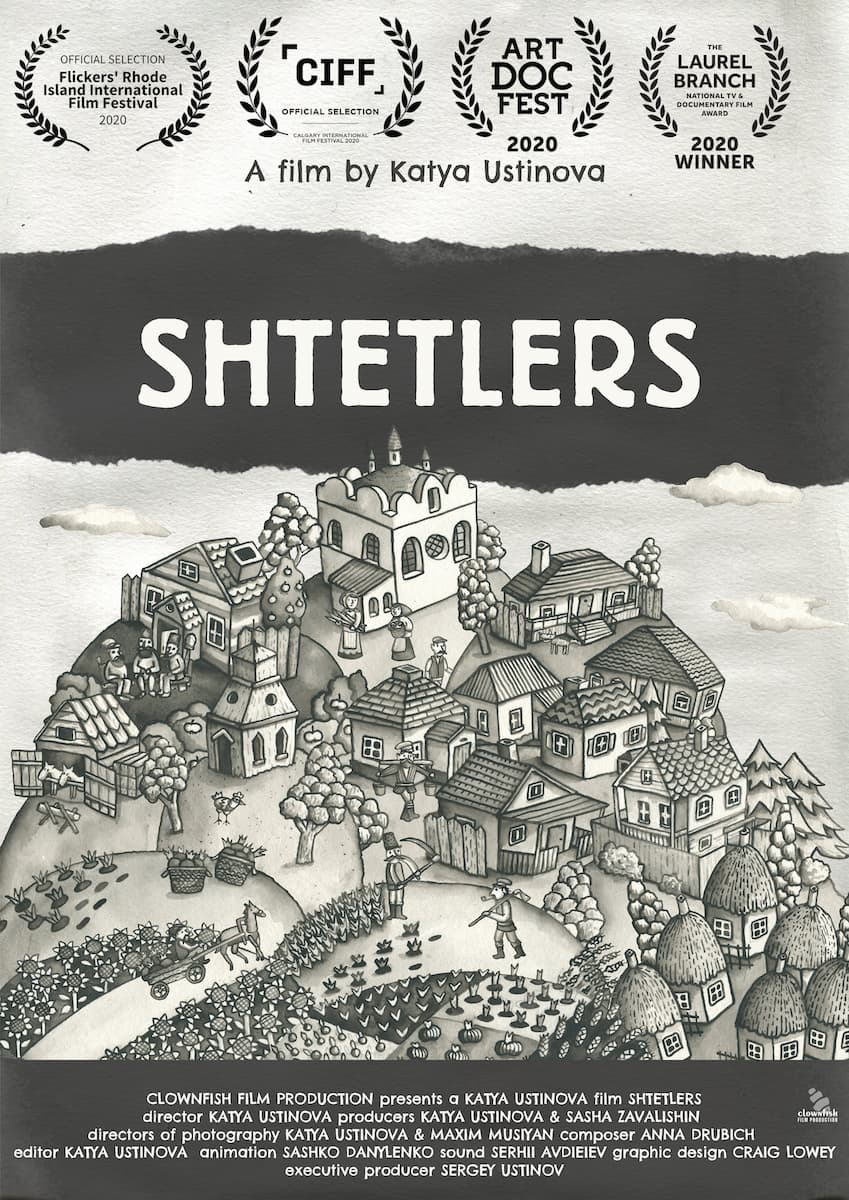
Students See the American Premiere of Russian Documentary Shtetlers
In January 2021, the Carmel Institute purchased a bloc of student tickets for the virtual American premier of Katya Ustinova’s documentary film Shtetlers (Штетл, 2020), which was part of Russian Film Week in New York City.
Shtetlers explores life of small Jewish towns in the former Russian Empire and the Soviet Union. Called shtetls, these towns were once home to the largest Jewish population in the world. Only a few survived the Holocaust, and those that did were all located in the territory of modern Ukraine and Moldova. Hidden from the world outside behind the Iron Curtain, traditional Jewish life continued for decades after it disappeared everywhere else. The tight-knit communities supported themselves by providing goods and services to their non-Jewish neighbors. Judaism, the Yiddish language and folklore, ritualized cooking and elaborate craftsmanship were practiced, treasured, and passed through the generations until very recently.
The film follows nine people, most now scattered around the world, who once belonged to the Jewish and non-Jewish shtetl communities. Their memories are a farewell to the vanished world of the shtetl, a melting pot of cultures that many nations once called their home.
Katia Ustinova, a New York-based filmmaker with a degree in Social Documentary from the School of Visual Arts in NYC, grew up in Moscow in what she calls a “literary family.” While her playwright grandfather was Jewish, her family did not engage with their Jewish identity much until her father, Sergei Ustinov, a businessman and art collector, founded the Museum of Jewish History in Moscow in 2012. Ms. Ustinova participated in a live Q&A with our guests after the screening.
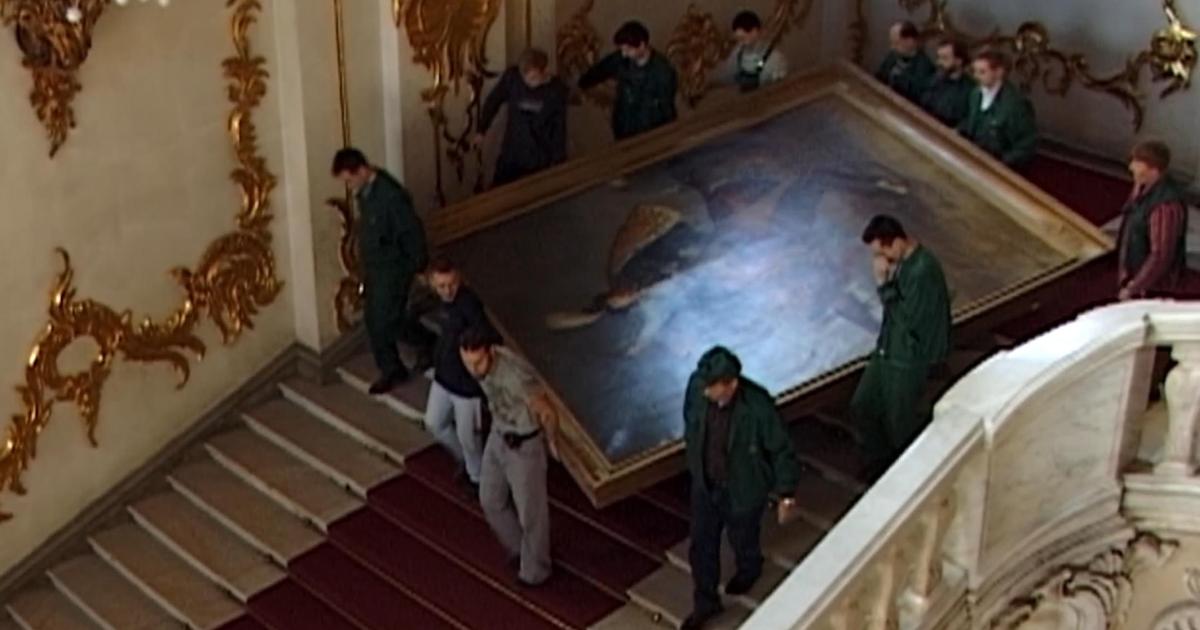
“The Hermitage Dwellers” Screening and Panel Discussion
On October 29, 2020, the Carmel Institute made available the documentary film The Hermitage Dwellers (2004) for online guests and then hosted a webinar with the Director of the Hermitage Museum, Mikhail Borisovich Petriovsky, as well as the film’s writer and director Aliona Van Der Horst. The film tells the story of the people who protected and preserved one of the world’s premiere museum collections. Attendees learned how the Hermitage Museum in St. Petersburg, Russia, preserved its collection during World War II by sending it to Sverdlovsk (now Ekaterinburg). The narrative is based on original footage and the personal accounts of the staff members who lived through the siege of Leningrad. The staff also spoke about how they and others continue to take great care of the second-largest museum collection in the world and what the art they care for means to them. After viewing the film, Mr. Petriovsky and Ms. Van Der Horst shared behind-the-scenes stories and discussed how museums are centers of scholarship and cultural understanding.
Roy R. Behrens reviewed both the film and the five-episode miniseries upon which the film is based in the Winter 2005-2006 edition of the Ballast Quarterly Review (v. 21, no. 2). He described the film as "…powerful" and lauded both the filmmakers and the Hermitage staff featured in the film, writing: “Somehow, by whatever miracle, this place and its treasures have always survived and continue to do so now through the generous work of the museum staff.”
For more, see the Icarus Films page for The Hermitage Dwellers.
Read Roy R. Behrens' review of The Hermitage Dwellers documentary film (2004) and “Hermitage-niks: A Passion for the Hermitage,” the 2003 five-episode original series the film excerpt (excerpt publicly available; Project Muse access required to read the full review).
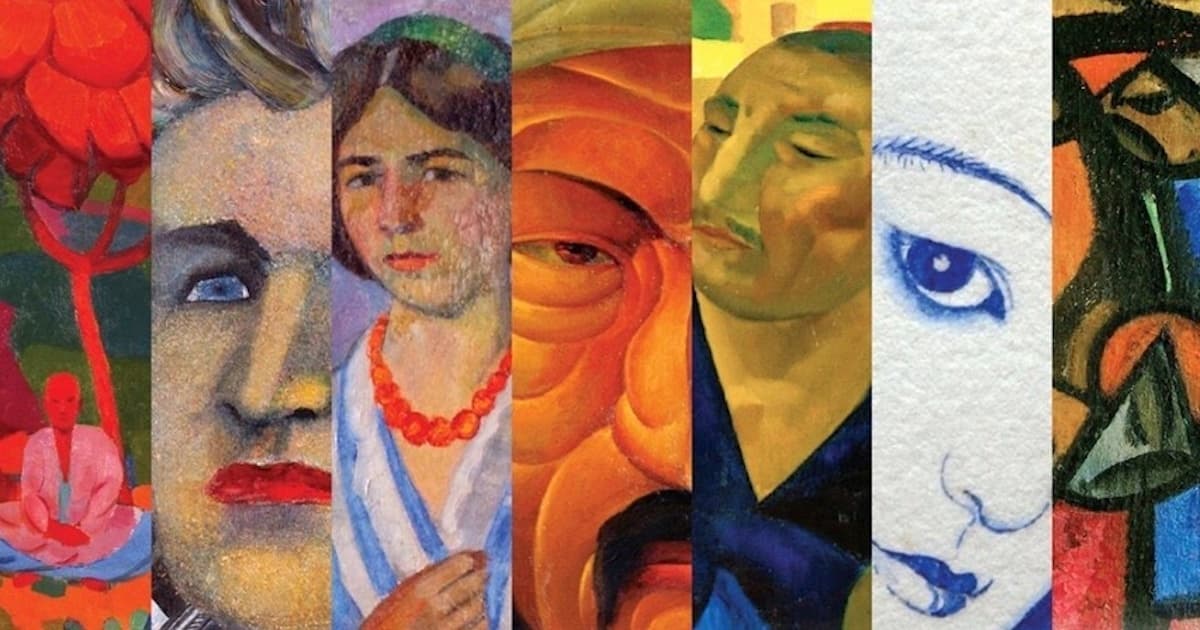
“The Desert of Forbidden Art” Screening and Panel Discussion
On October 1, 2020, the Carmel Institute held its first virtual event, making the documentary film The Desert of Forbidden Art available online for guests. The film tells the remarkable story of how failed artist Igor Savitsky created one of the world's great collections of Russian avant garde art in the Karakalpak desert. The New York Times described the film as "A gorgeous documentary. The filmmakers let the art do the talking, with loving, lingering shots of the brightly colored works." The Institute brought together the documentary filmmakers and a historian of the museum at the center of the film in a Zoom webinar for a post-viewing question-and-answer session discussing the filmmaking process, the museum’s unique history, and the museum’s ongoing work today.
Read more about the Desert of Forbidden Art event.
Watch the full Desert of Forbidden Art event video.
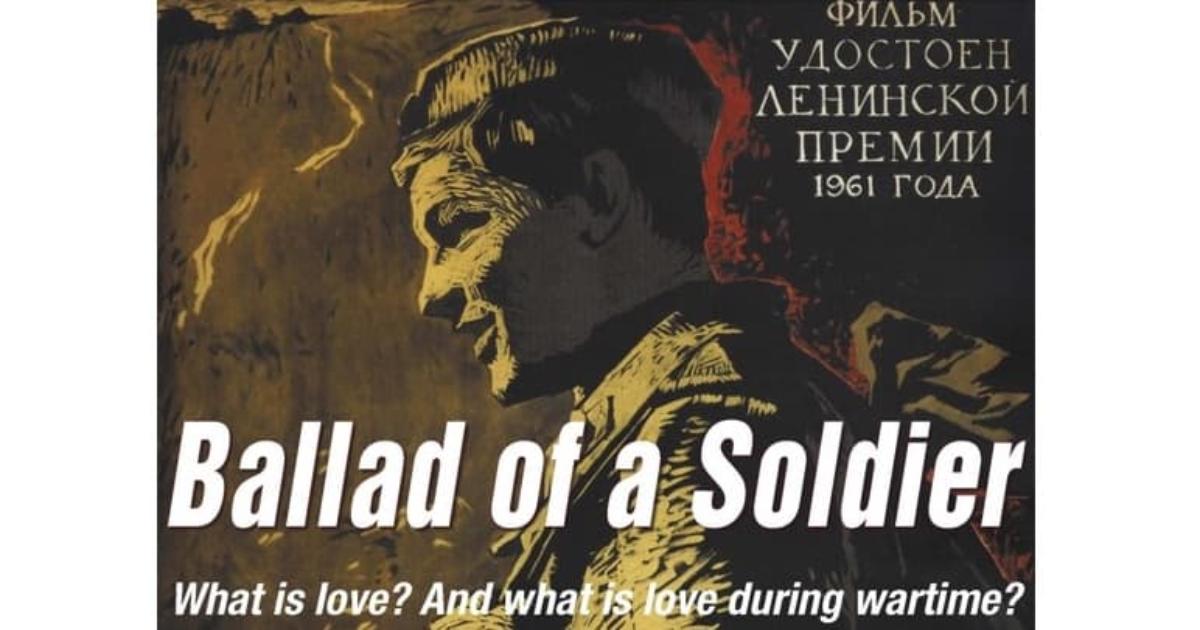
A World War II movie that's not truly about war...
On March 2, 2020, the Carmel Institute screened director Grigori Chukhrai's Ballad of a Soldier (1959) in Russian with English subtitles. The film follows a young Soviet Army private on a pilgrimage home from the front lines of the Great Patriotic War / World War II. Along the way, he encounters various symbols of love: a young couple, a married couple, a mother and child, and then falls in love himself. Winner of the BAFTA Award for Best Film and nominated for an Oscar for Best Original Screenplay, Chukhrai's timeless Everyman tale, brimming with poetic visual imagery, has been hailed as a milestone in Russian Cinema.
After a delicious pre-film buffet reception for our nearly 300 guests, Professor Eric Lohr, Director, Carmel Institute of Russian Culture & History introduced the film and moderated a stimulating post-film Q&A with Professor Stephen Norris, Director, Havighurst Center for Russian and Post-Soviet Studies at Miami University of Ohio. After the Q & A, guests enjoyed their choice among desserts with coffee and tea options while they discussed the film and its symbolic message.
Looking for older events? Check out our 2018 to 2019 events.